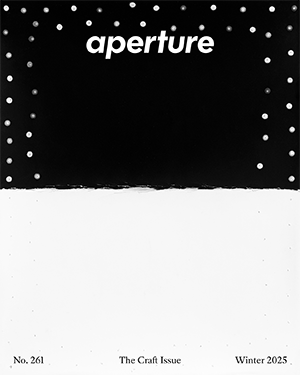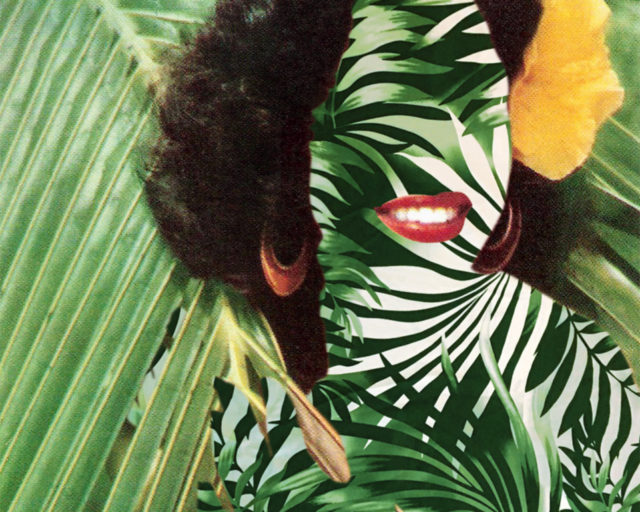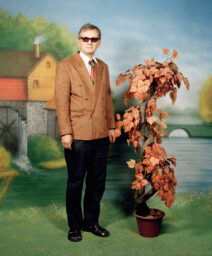Genesis Báez’s Fleeting Visions of the Puerto Rican Diaspora
In her photography, Báez explores the complexity of care, touch, and belonging among Puerto Rican women in the United States and beyond.
Genesis Báez, The Sound of a Circle, 2018
Winter breath is captured like a floating, vaporous orb in a woman’s cupped hand. A secret is passed clandestinely between best friends in a restaurant. One silhouetted figure braids another’s hair in an attempt to tame wild curls in the rising humidity of summer. Shoulders and ear lobes are tenderly caressed among a circle of women. Throughout these frames, gesture becomes a unifying thread. Gesture is a method that allows the photographer Genesis Báez to explore the complexity of care, touch, and belonging among the diasporic communities of Puerto Rican women in the Northeast United States and beyond. In each of these photographs, Báez experiments with how gesture can be a language used to express something that has no form. “I like to think about how gesture and touch can conjure a sense of belonging when one’s attachment to a place has been disrupted by migration, colonial legacies, and climate change,” she says.
Báez, who is currently based in Brooklyn, was born in Massachusetts, in 1990, to Puerto Rican parents who had migrated to work in the factories of New England. She was raised in both New England and Puerto Rico. For each of the photographs in her Bridge of Mirrors series (2018–21), she worked with a subject who performed a gesture repeatedly for the camera. Some of the actions, she says, “haunt” her memory as fleeting but poignant moments. Through her carefully choreographed staging, her subjects become protagonists frozen in tableaux featured throughout her photographic series.
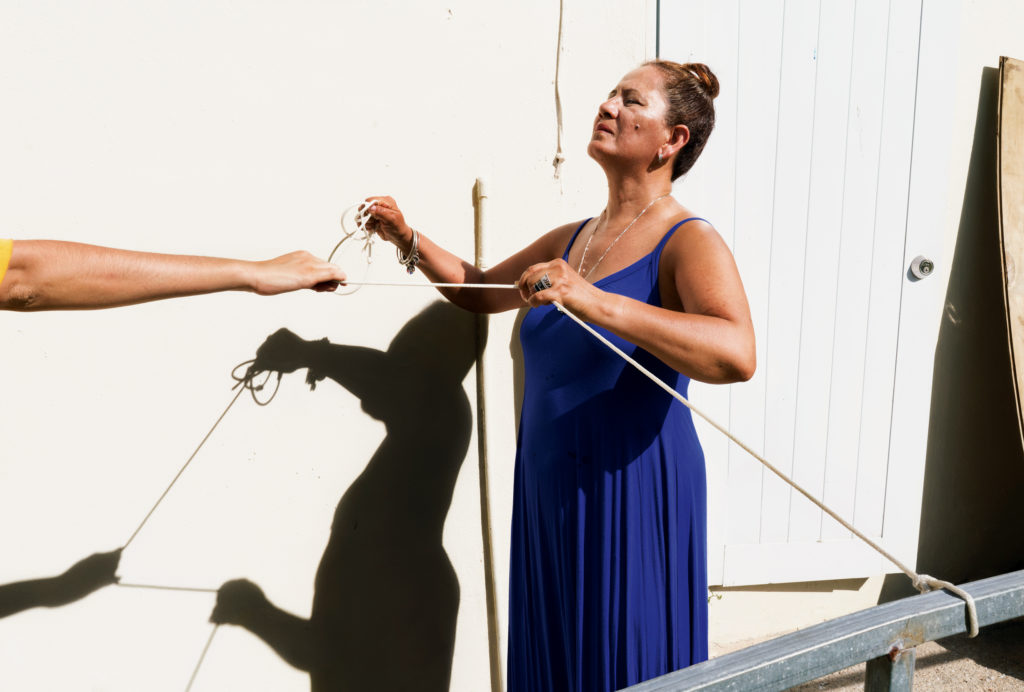
That all of Báez’s subjects are women is an intentional reflection of her experience. When her mother and grandmother took her to Puerto Rico for the first time, she developed a relationship with the island. “In a sense,” she says, “I inherited Puerto Rico and a connection to a homeland through the women in my family.” Her photographs extend this matrilineal inheritance beyond the experiential plane and embed it into her imagery.
Báez is interested in how the fleeting and invisible are captured on film, including weather, subtle changes in atmosphere, and the fragmentary play of light and shadow. Her photographs’ multiplicity of figures is akin to the effects of the diaspora, and the complex experience of being from multiple homes. It also introduces an element of abstraction into her images, upsetting the indexicality of a photograph by inserting moments of disruption. These disruptions recall the classic avant-gardism of abstraction, claiming that art can reveal hidden qualities of our world, aspects that are otherwise invisible to the eye. Other than clues that occasionally appear in the frame—like a winter coat, or the roots of a ceiba tree—Báez gives no indication of geographic context, offering instead a fluid understanding of place among her female subjects, and a universal interpretation of migration, cyclical movement, and transient connections.

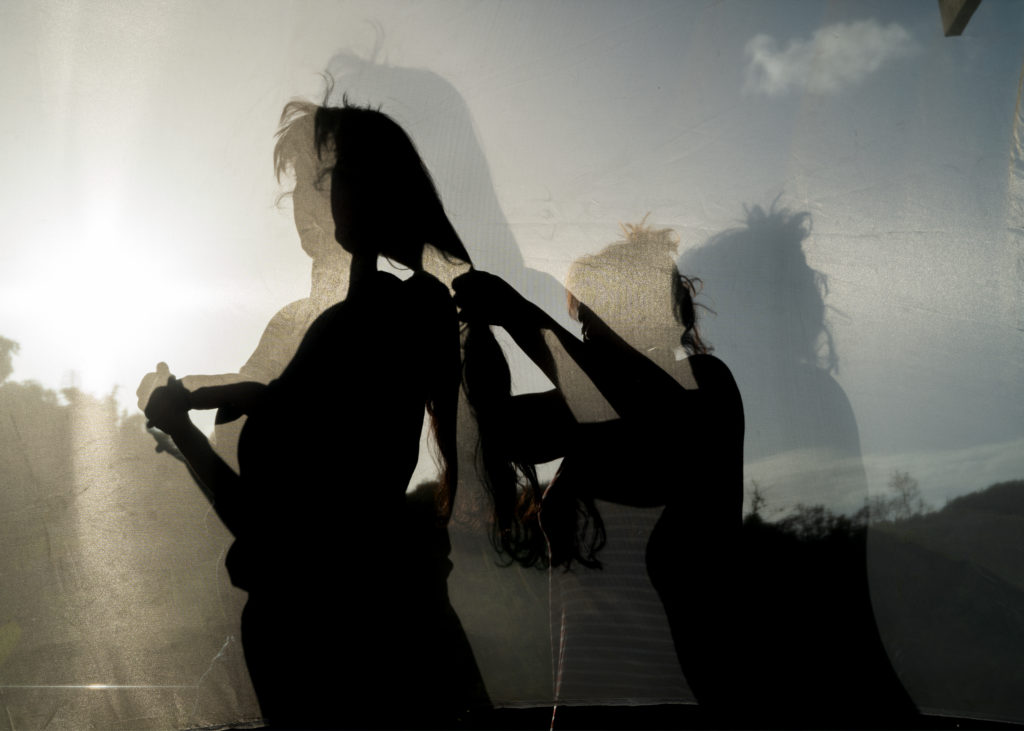
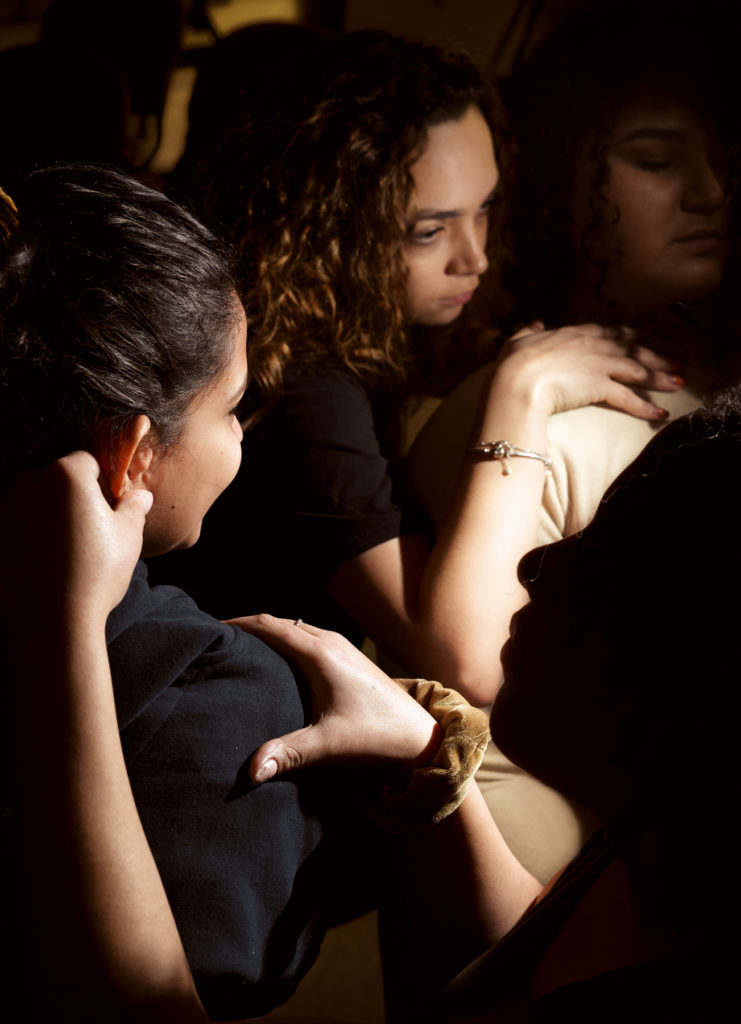

All photographs courtesy the artist
This piece originally appeared in Aperture, issue 245, “Latinx,” under the title “Bridge of Mirrors.”
